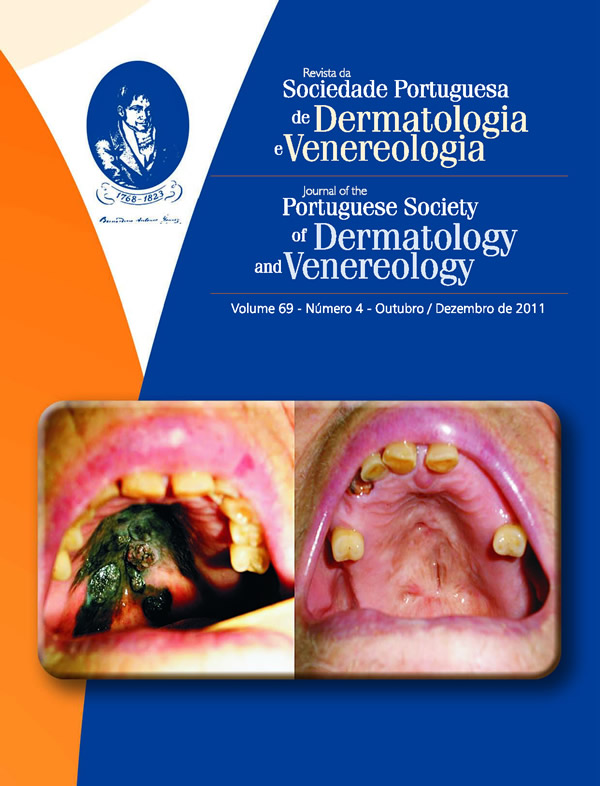SYPHILIS SEROLOGIC DIAGNOSIS – NEW GUIDELINES
Abstract
Syphilis is still today a major public health problem that requires prompt and appropriate diagnosis and treatment. The diagnosis is mainly based on serological tests – non-treponemal and treponemal. In recent years there has been a major technological advance in this area with the development of several new methods that use specific treponemal antigens, including enzyme immunoassays (EIA), chemiluminescence (CA) and immunochromatografic. Al- though many of these tests have not yet obtained approval from relevant organizations, their performance (high sensi- tivity and specificity) and automation have led many laboratories to adopt an inverse algorithm to the classic algorithm to the screening for syphilis, (non-treponemal first). However, currently available data are insufficient to decide that one has clear advantages over the other.
With this paper the authors intend to summarize the changes that the diagnosis of syphilis suffered in the past few ye- ars, particularly with the regard to serological screening, emphasizing the advantages and disadvantages of the new guidelines.
KEYWORDS – Syphilis; Serologic Tests; Bacteriological Techniques; Syphilis Serodiagnosis; Guidelines.
Downloads
All articles in this journal are Open Access under the Creative Commons Attribution-NonCommercial 4.0 International License (CC BY-NC 4.0).








